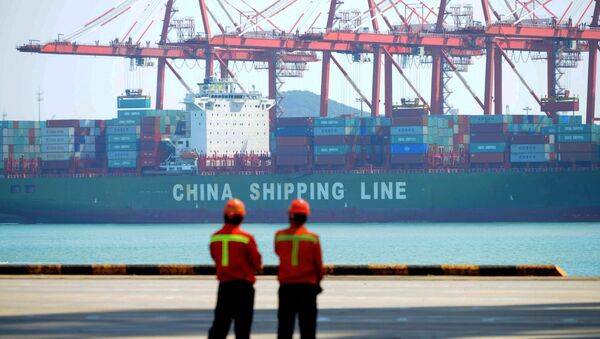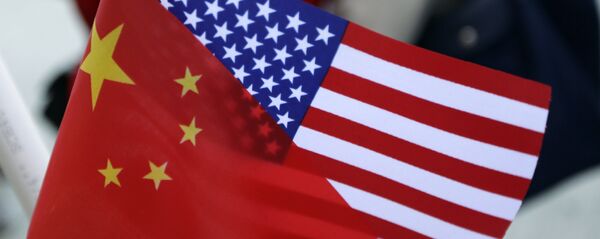China published a white paper on Sino-US trade frictions on Monday, defending the legitimacy of its positions on trade and innovation practices while accusing the United States of trade bullying and intimidation.
The document was released as a new round of tariff hikes between the two sides took effect amid growing concern over undermining global growth.
On Monday, new US levies on $200 billion worth of Chinese goods came into force, followed by Beijing's new tariffs on about $60 billion worth of US imports.
It showed that Sino-US tariff tensions that had grown for the past several months had hit a new high point, observers said.
On the same day, China released the white paper — The Facts and China's Position on China-US Trade Friction — which aims to clarify facts about the bilateral economic and trade relations and demonstrate China's stance.
It said US President Donald Trump's administration has trumpeted his "America First" slogan since 2017 and has abandoned the fundamental norms of mutual respect and equal consultation that guide international relations.
China has been dealing with these differences by seeking common ground while shelving divergences. The US, however, has been contradicting itself and constantly challenging China, which caused serious damage to bilateral trade ties and poses a grave threat to the multilateral trading system, the paper said.
Yu Yongding, a senior researcher at the Chinese Academy of Social Sciences, said that as the white paper says, the real trade imbalance between the two sides is not as big as what the US claimed it to be, as statistical methods and standards vary.
China should not be blamed for the US trade deficit, which is actually rooted in the latter's low savings rate and its economic structure as a high-end manufacturer, Yu said.
The white paper cited World Bank data as showing that the dependence of the global economy on trade growth has increased from 17.5 percent in 1960 to 51.9 percent in 2017.
"Trade tensions are starting to bite and are already having adverse effects on confidence and investment plans," said OECD Chief Economist Laurence Boone. "Trade growth has stalled, restrictions are having marked sectoral effects and the level of uncertainty on trade stances remains high."
China's white paper said the country's door will not be closed, but increasingly opened wider, reiterating that the country has not forced foreign companies to transfer their technologies.
In 2017, China's total spending on research and development hit 1.76 trillion yuan ($257 billion), ranking second globally, said the white paper.
Mei Xinyu, a researcher at the International Trade and Economic Cooperation Institute of the Ministry of Commerce, said: "It is necessary for China to continue reforming the domestic economic system. Only in this way can we effectively shift the momentum of economic growth to be driven by indigenous innovation and domestic demand."
Addressing trade friction with the US and bilateral tensions would remain a long-term issue, he added.
This story was originally published in China Daily.




